General description
Monoclonal Anti-BNIP3 (mouse IgG2b isotype) is derived from the ANa40 hybridoma produced by the fusion of mouse myeloma cells and splenocytes from BALB/c mouse immunized with a recombinant human BNIP3. B-cell lymphoma 2 (BCL2) Interacting Protein 3 (BNIP3) is a pro-apoptotic protein localized in mitochondria and belongs to Bcl-2 family. Its Bcl-2 homology 3 (BH3) domain is less conserved in mammalian cells and yeast.
Specificity
Rabbit monoclonal clone ANa40 anti-BNIP3 recognizes human BNIP3. The epitope recognized by the antibody resides within amino acids 112-124 of human BNIP3 molecule.
Immunogen
recombinant human BNIP3 (amino acids 1-163, BNIP3ΔTM2).
Application
Anti-BNIP3 antibody, Mouse monoclonal has been used in
- western blotting
- immunoblotting
- immunocytochemistry
- immunoprecipitation enzyme linked immunosorbent assay (ELISA)
- immunofluorescence analysis
Rabbit monoclonal clone ANa40 anti-BNIP3 is used to tag BNIP3 for detection and quantitation by immunocytochemical and immunohistochemical (IHC) techniques such as ELISA, immunoblotting, and immunoprecipitation. It is used as a probe to determine the presence and roles of BNIP3 in the regulation of mitochondrial and non-mitochondrial mediated apoptosis.
The product is useful in ELISA, immunoblotting (21.5 kDa, apparent molecular mass in SDS-PAGE is approximately 30 and 60 kDa, for monomer and dimer, respectively), immunocytochemistry (4% formaldehyde), and immunoprecipitation.
Biochem/physiol Actions
B-cell lymphoma 2 (BCL2) Interacting Protein 3 (BNIP3) functions without a typical Bcl-2 homology 3 (BH3) domain. It interacts withcell death abnormality gene 9 (CED-9). BNIP3 interaction with B-cell lymphoma 2 (Bcl-2) and B-cell lymphoma-extra-large (Bcl-XL) regulates apoptosis in mitochondria l and non-mitochondrial sites. Endogenous BNIP3 is loosely associated with mitochondrial membrane in normal tissue but fully integrates into the mitochondrial outer membrane with the N-terminus in the cytoplasm and the C-terminus in the membrane during induction of cell death. This is accompanied by rapid and profound mitochondrial dysfunction characterized by opening of the mitochondrial permeability transition (PT) pore, proton electrochemical gradient (Dym) suppression, and increased reactive oxygen species production.
Physical form
Solution in 0.01 M phosphate buffered saline, pH 7.4, containing 15 mM sodium azide.
Disclaimer
Unless otherwise stated in our catalog or other company documentation accompanying the product(s), our products are intended for research use only and are not to be used for any other purpose, which includes but is not limited to, unauthorized commercial uses, in vitro diagnostic uses, ex vivo or in vivo therapeutic uses or any type of consumption or application to humans or animals.
Shipping Information:
Dry Ice Surcharge & Ice Pack Shipments: $40
More Information: https://cenmed.com/shipping-returns
- UPC:
- 51201571
- Condition:
- New
- Availability:
- 3-5 Days
- Weight:
- 1.00 Ounces
- HazmatClass:
- No
- MPN:
- B7931-.2ML
- Temperature Control Device:
- Yes












